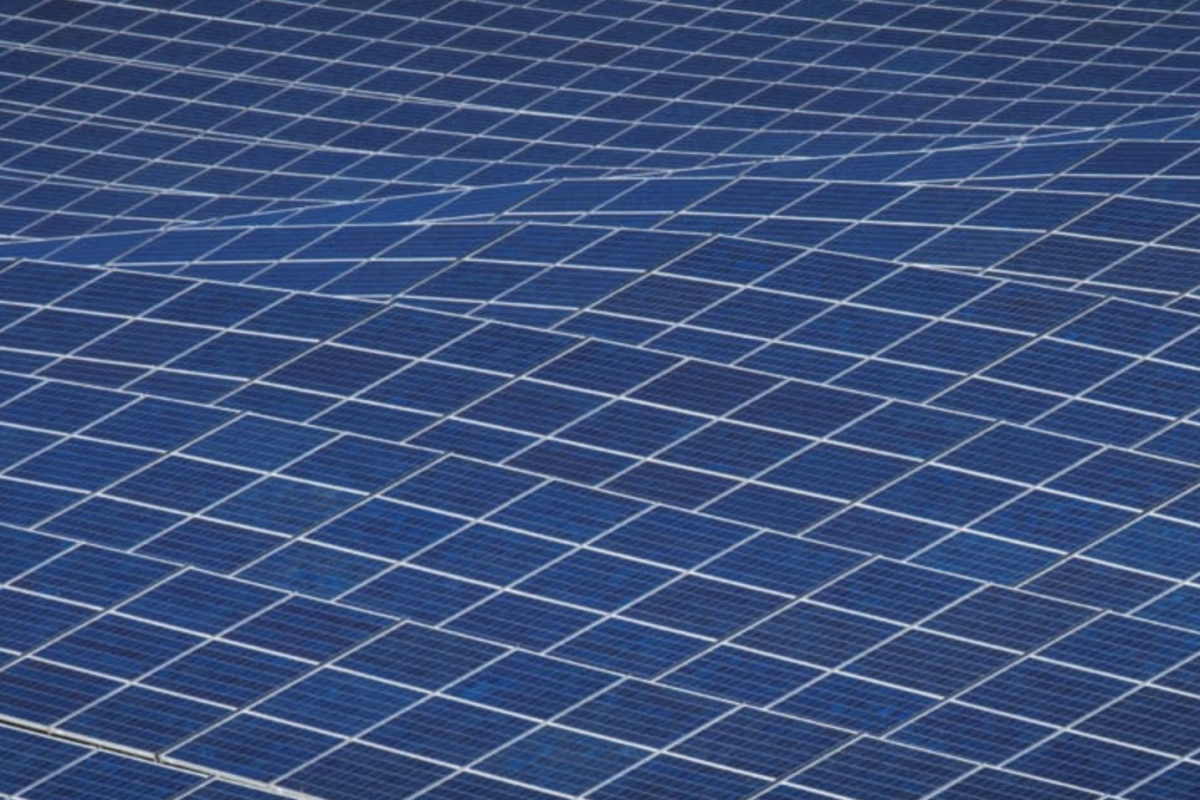Researchers at Saudi Arabia’s King Abdullah University of Science and Technology (KAUST) claim to have improved the performance of solar cells based on inverted perovskites.
That type of cell has a device structure known as “p-i-n”, in which hole-selective contact p is at the bottom of intrinsic perovskite layer i with electron transport layer n at the top. Conventional halide perovskite cells have the same structure but reversed – a “n-i-p” layout.
In n-i-p architecture, the solar cell is illuminated through the electron-transport layer (ETL) side; in the p-i-n structure, it is illuminated through the hole‐transport layer (HTL) surface.
Longer durability, lower efficiency
The KAUST team said, although inverted perovskite solar cells have longer operating lifetimes than regular perovskites they are also known to demonstrate lower conversion efficiencies.
To address the problem, the researchers added alkylamine ligands (AALs) with different chain lengths as grain and interface modifiers to the perovskite precursor solution. The resulting perovskite film, the scientists said, showed improved structural and optoelectronic properties, as well as enhanced carrier mobility and diffusion lengths. “These translate into a certified, stabilized power conversion efficiency of 22.3%,” the researchers wrote.
Fewer voltage losses
The researchers said their cell operated without efficiency loss for more than 1,000 hours at its maximum power point under simulated AM1.5 illumination. The AM1.5 global spectrum is designed for flat-plate modules and has an integrated power of 1000 W/m2 (100 mW/cm2).
The reduction in voltage loss was the decisive factor behind the improved efficiency recorded, said the KAUST team. “Further research for suitable passivating species and deeper understanding of the passivation mechanisms are needed,” added the researchers.
The solar cell was presented in the study Managing grains and interfaces via ligand anchoring enables 22.3%-efficiency inverted perovskite solar cells, published in Nature.
This content is protected by copyright and may not be reused. If you want to cooperate with us and would like to reuse some of our content, please contact: editors@pv-magazine.com.




By submitting this form you agree to pv magazine using your data for the purposes of publishing your comment.
Your personal data will only be disclosed or otherwise transmitted to third parties for the purposes of spam filtering or if this is necessary for technical maintenance of the website. Any other transfer to third parties will not take place unless this is justified on the basis of applicable data protection regulations or if pv magazine is legally obliged to do so.
You may revoke this consent at any time with effect for the future, in which case your personal data will be deleted immediately. Otherwise, your data will be deleted if pv magazine has processed your request or the purpose of data storage is fulfilled.
Further information on data privacy can be found in our Data Protection Policy.